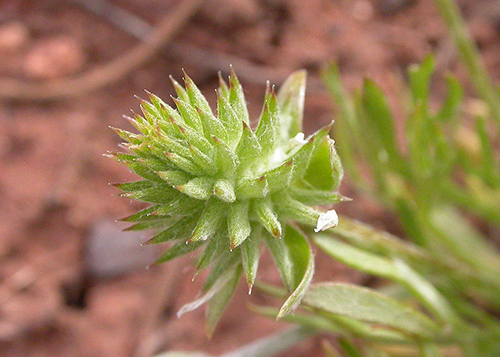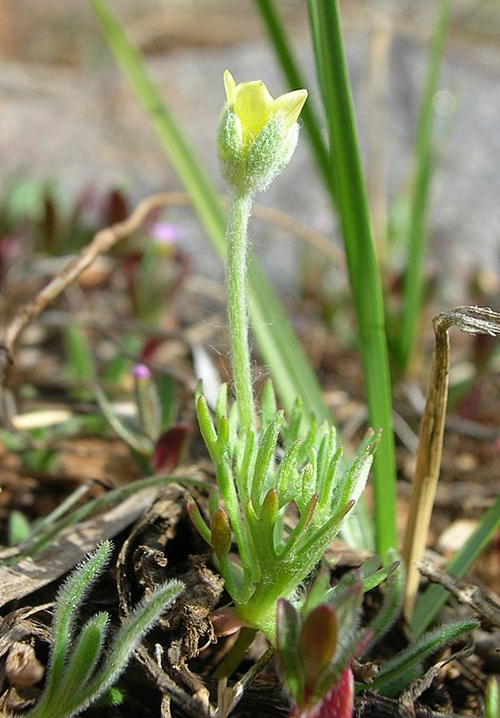
The good news is that Buttercups are pretty easy to control. However, the most common species, the Creeping Buttercup, can take over large areas of lawns very quickly. Buttercups are seen in lawns all across the UK and the look lovely in meadow grass.įor many gardeners with well cared for lawns, the odd Buttercup isn’t offensive. Referencesįor more information and images please visit. State rules and regulations and special pesticide use allowances may vary from state to state: contact your State Department of Agriculture for the rules, regulations and allowances applicable in your state and locality. Pesticides must be applied legally complying with all label directions and precautions on the pesticide container and any supplemental labeling and rules of state and federal pesticide regulatory agencies. Due to constantly changing labels, laws and regulations, the Extension Services can assume no liability for the suggested use of chemicals contained herein.

Criticism of products or equipment not listed is neither implied nor intended. The information herein is supplied with the understanding that no discrimination is intended and that listing of commercial products, necessary to this guide, implies no endorsement by the authors or the Extension Services of Nebraska, Colorado, Wyoming or Montana. (Refer to Tank Mixtures section of label for additional details)Īpply preplant or premergence to small weeds. Make applications after the crop is tillering but before boot.Īpplications to durum and wampum varieties should be made in combination with 2,4-D. Make applications after the crop is in the 2-leaf stage, but before the flag leaf is visible.ĭurum and Wampum varieties of Spring WheatĪpply when weeds are actively growing, but before bloom. Inhibition of acetolacetate synthase ALS (acetohydroxyacid synthase AHAS)Īpply when weeds are actively growing, but before bloom. Wheat (except Durum and Wampum varieties of Spring Wheat) and Barley Additional herbicide information can be found at. For herbicide recommendations for specific grain rotations and weeds in Montana, please see the MSU Herbicide Chooser Tool.Įxamples of herbicides that can be used to manage bur buttercupĬonsult herbicide labels for additional rate, application, and safety information. Cultivation such as hoeing, pulling, digging, or tillage can also work if it can be done before seed production.Ī variety of chemical control options are available. Planting competitive grasses or other cover crops can control bur buttercup. There are no biological control agents available.īur buttercup does not compete well with established grasses.

It is important to control bur buttercup before flowers and seeds are produced. Plants often occur in dense mats that cover large areas of the ground. Bur buttercup can flower within 3 weeks of first leaf emergence.

Bur buttercup also occurs in small grain fields.īur buttercup is a winter annual that emerges, flowers, and forms fruits in the spring, when temperatures climb into the 45 to 50-degree range. Sheep have been poisoned and have died in the western United States after ingesting aboveground plant material. This plant contains ranunculin, which changes into a highly toxic compound, protoanemonin, when the plant is crushed. At maturity each flower develops into a bur 1/2 to 3/4 inch long that dries and turns brown.īur buttercup grows in overgrazed pastures, gardens, cultivated grains, waste areas, and along roadsides in the western United States. Flowers are small (less than a quarter inch long), yellow, and 5-petaled. Leaves are divided into fingerlike segments resembling a birds foot and are covered with fine hairs. The stem is short and leafless, growing 2 to 3 inches tall. Other common names include curveseed butterwort, little bur, and testiculate buttercup. Bur buttercup has several scientific synonyms including Ceratocephala testiculata, Ceratocephala orthoceras, and Ranunculus falcatus.

Marjolein Schat, Montana State University from the following sources:īur buttercup ( Ranunculus testiculata) is a non-native winter annual in the buttercup family (Ranunculaceae). 1.9 Examples of herbicides that can be used to manage bur buttercupĬompiled by: Jack Stivers, Montana State University, Lake County Extension and.1 Bur buttercup( Ranunculus testiculatus).


 0 kommentar(er)
0 kommentar(er)
